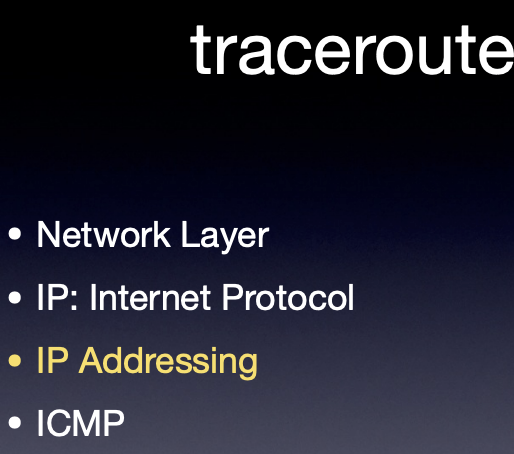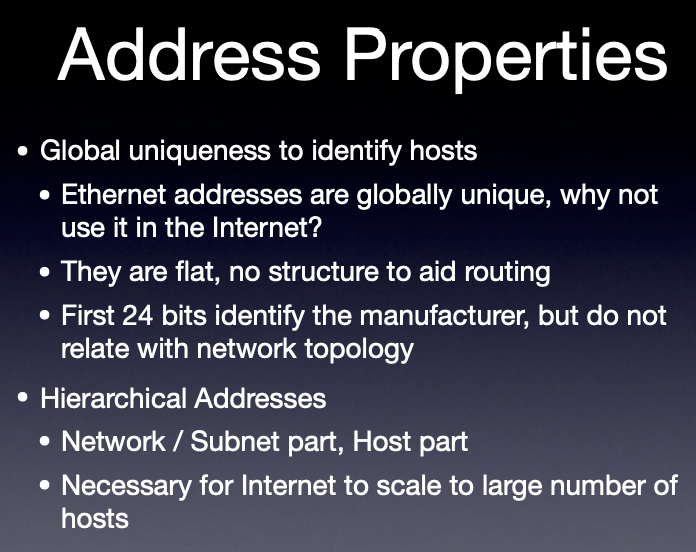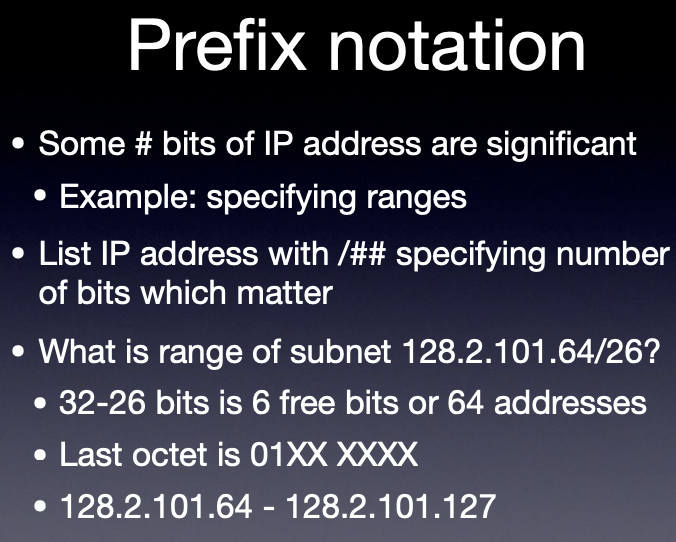Finally! This lecture covers the glue that holds the entire internet together. After some discussion of the theoretical possibilities available in a network-layer protocol, several aspects of IP will be examined. The addressing mechanisms in IP are more complex than at any other level -- there is much more to those 4 dotted pairs of numbers than just 4 dotted pairs of numbers. We will also look at the network packet format, fragmenting and the ICMP protocol.

IPv4 packet format
Lesson Objectives
By the end of this lesson, the student will be able to:
- describe the mission, scope, addressing mechanism, data types and responsibilities of the Network Layer.
- describe the differences that would result from a connectionless or connection-oriented network.
- explain IPv4, including advantages/disadvantages, datagram format, and packet-handling operations at each router.
- calculate the packets that result from an IPv4 fragmentation scenario, including size, id, flags and offset fields.
- calculate IPv4 address ranges from prefix notation and be able to apply the longest matching prefix rule to forwarding decisions.
- apply route aggregation to prefix scenarios.
- describe ICMP, including packet format, use of type/code fields for ping, traceroute, and error situations.
Reading
- KR Ch 4.1 - 4.2
- KR Ch 4.3.1 - 4.3.3
- KR Ch 5.6
Slides
Video


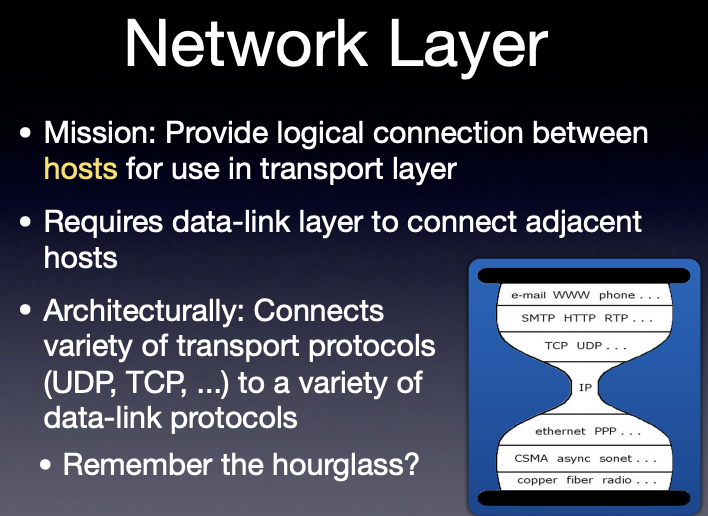
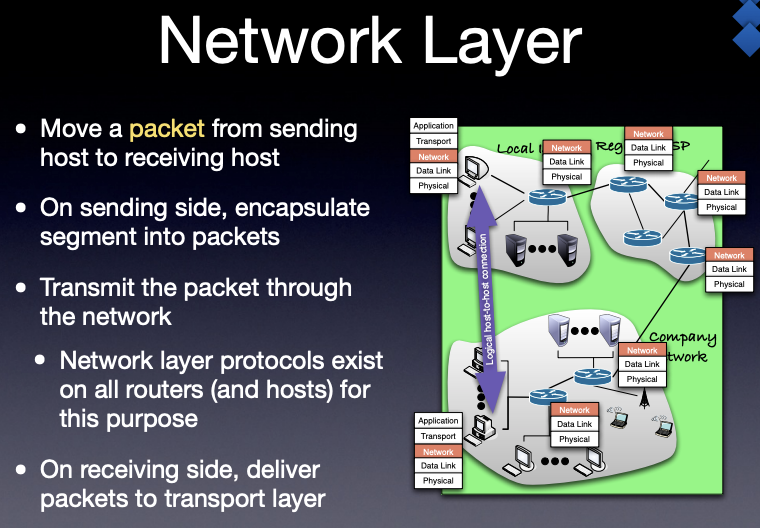
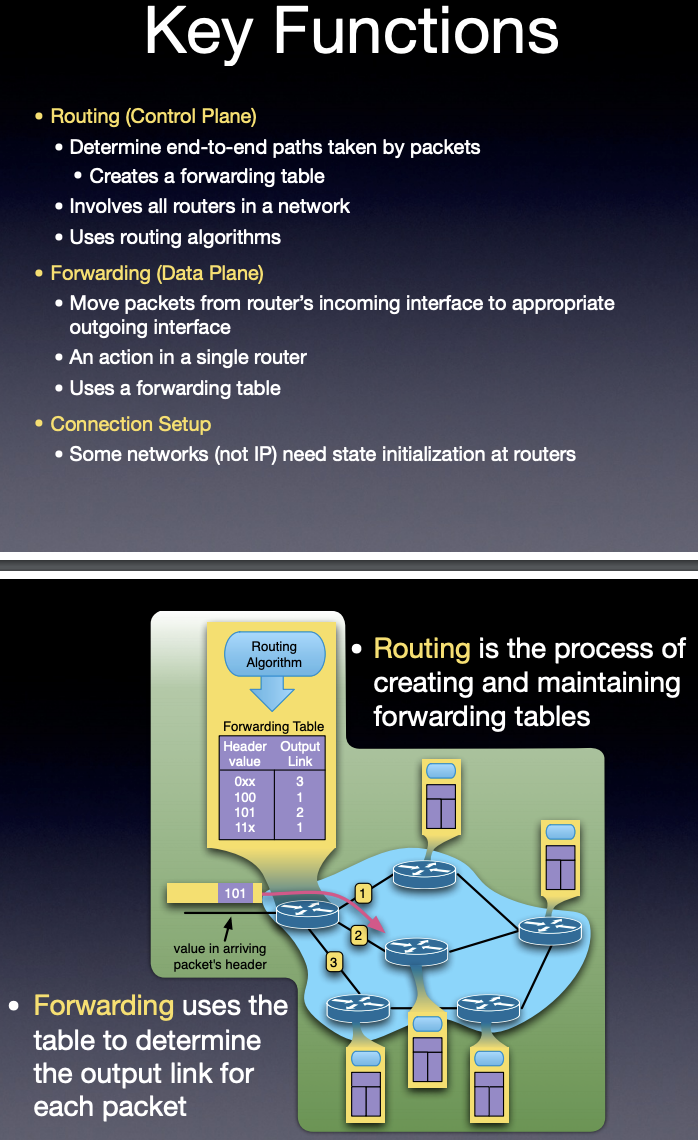
in transport, we can choose TCP or UPD
but in Network layer, we can't

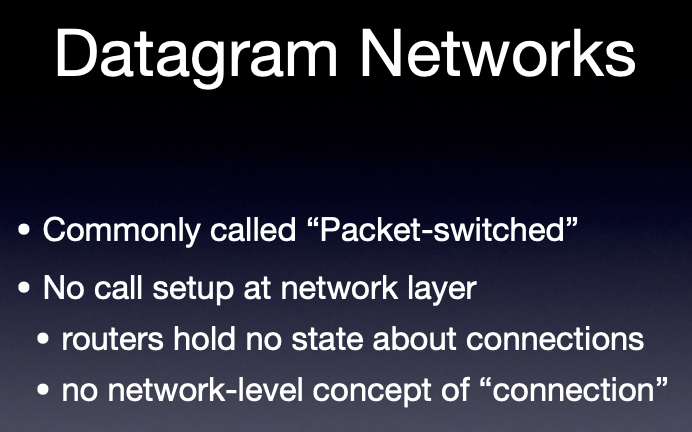




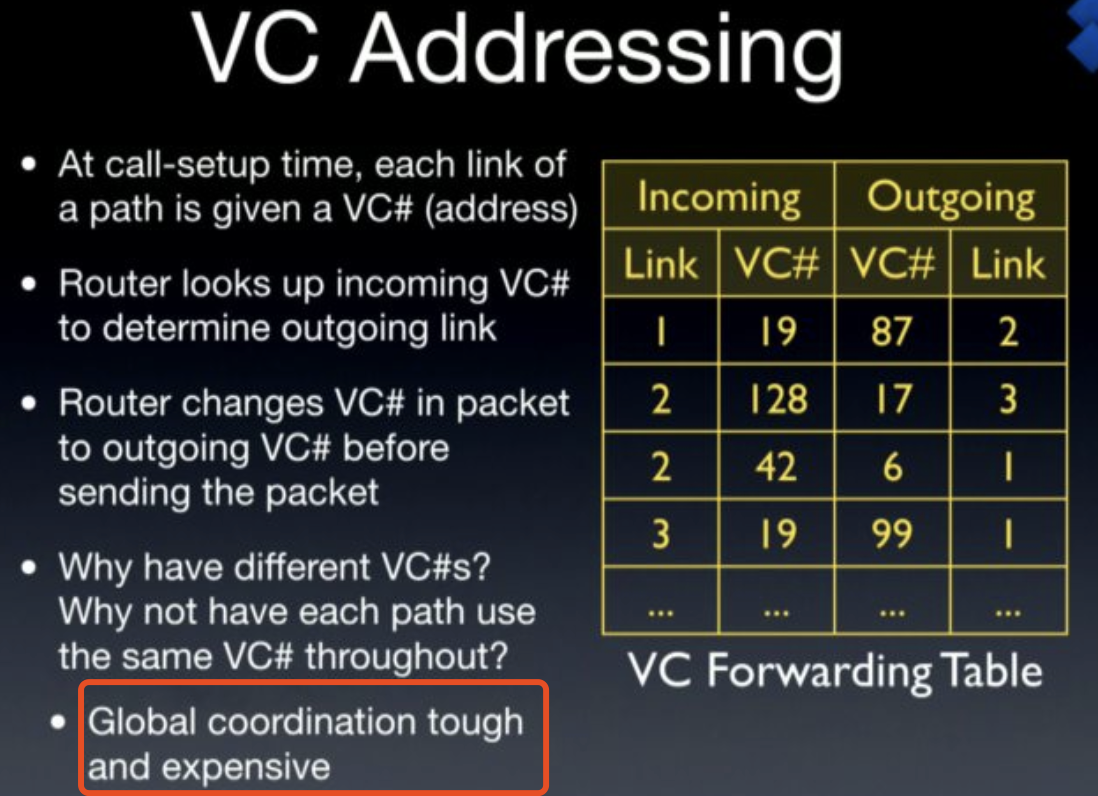


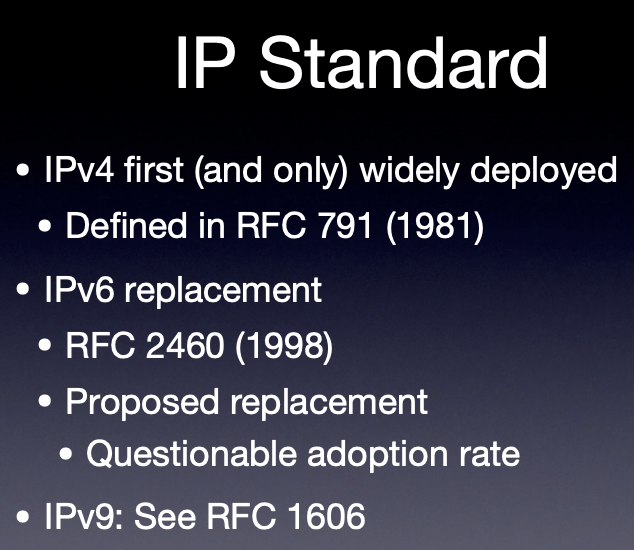
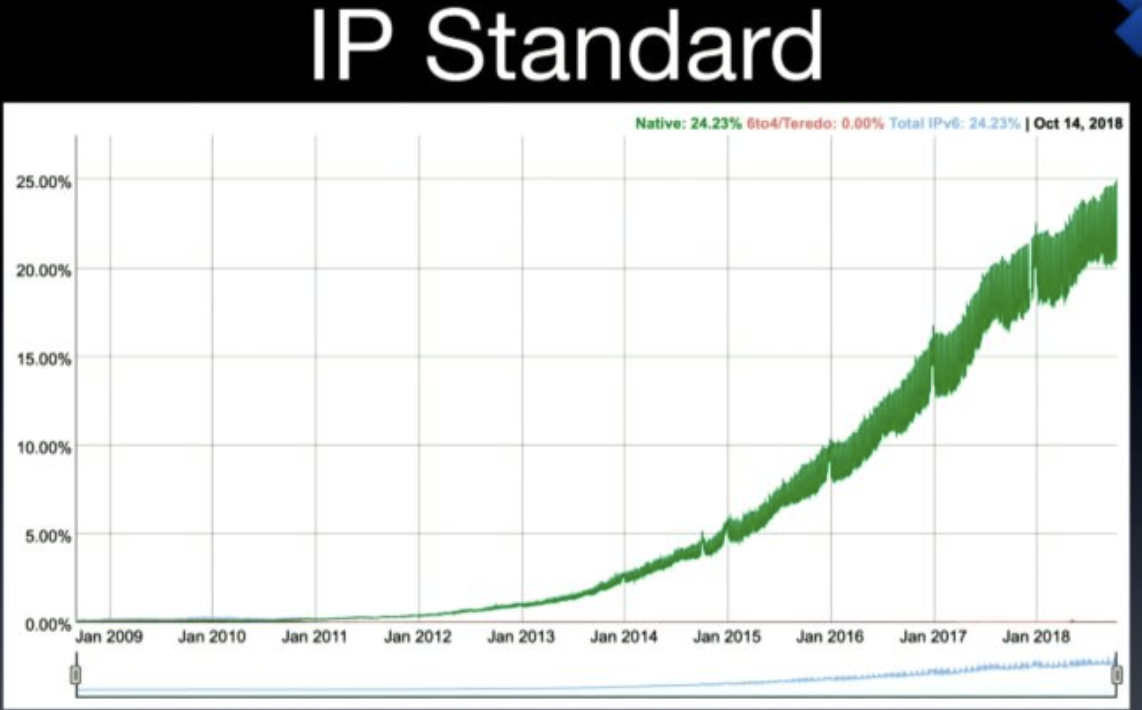

......... ......... ......... ......... ......... ......... .........
